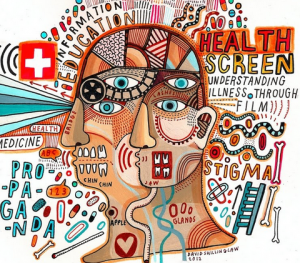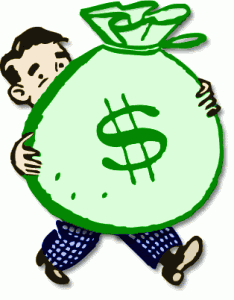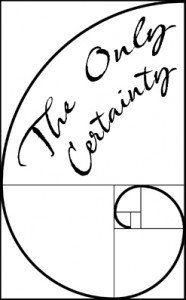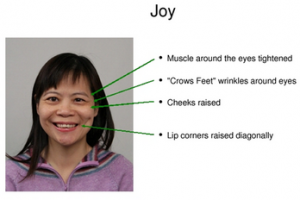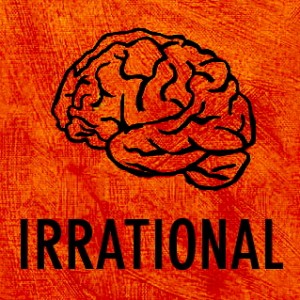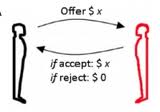Can We Measure Mental States via Phone Use?
Sunday, April 8th, 2012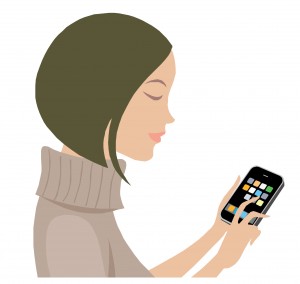 A major challenge in cognitive design is getting good data on mental states. Knowing what people are really thinking and feeling as they perform certain tasks, test a prototype or just go about their daily routine is hard to do. Brain scans are not practical and self reports and observations are limited in value.
A major challenge in cognitive design is getting good data on mental states. Knowing what people are really thinking and feeling as they perform certain tasks, test a prototype or just go about their daily routine is hard to do. Brain scans are not practical and self reports and observations are limited in value.
So I am always on the lookout for new ways of measuring mental states outside a laboratory setting. Samsung has developed a prototype smart phone to do just that. MIT’s Technology Review reports:
“For example, it monitors certain inputs, such as the speed at which a user types, how often the “backspace” or “special symbol” buttons are pressed, and how much the device shakes. These measures let the phone postulate whether the user is happy, sad, surprised, fearful, angry, or disgusted…”
While this is still a low-accuracy prototype it is suggestive. Perhaps soon we will have an App that can be used to infer and record mental states under a wide variety of conditions. Being able to do that with just an App rather than special purpose hardware is the key.
Researchers from the Department of Preventative Medicine at Northwestern University are trying to do just that. They want to detect and help manage moods using an ordinary smart phone and App called Mobilyze:
“Mobilyze uses data from sensors already embedded in the phone, such as GPS, Bluetooth, WiFi, accelerometers, etc., and uses them to identify patient states. The aim is to develop an automated system for detecting mood-related states, without requiring patient self-report. This context-aware application on the mobile phone has the potential to address non-adherence and other treatment difficulties as they occur in real-time. “
This App is clinically focused but signals we are close to having the technology to measure mental states using a smart phone. That will be a big shot in the arm for an empirical approach to cognitive design.

